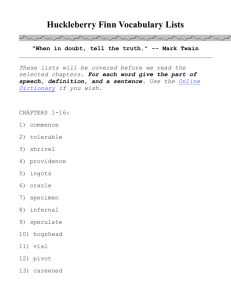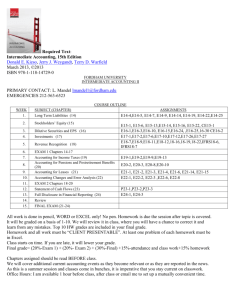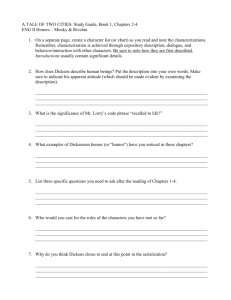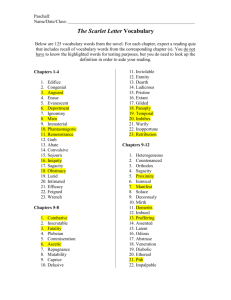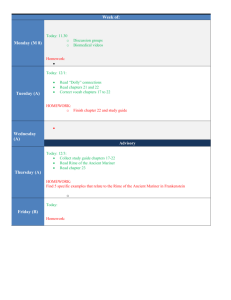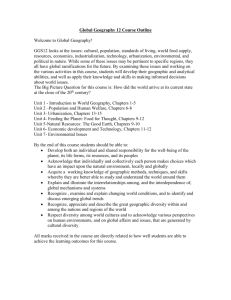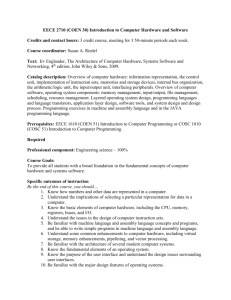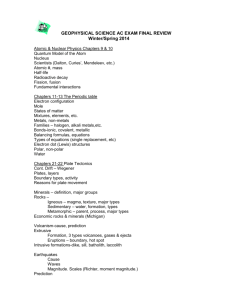Information Management
advertisement
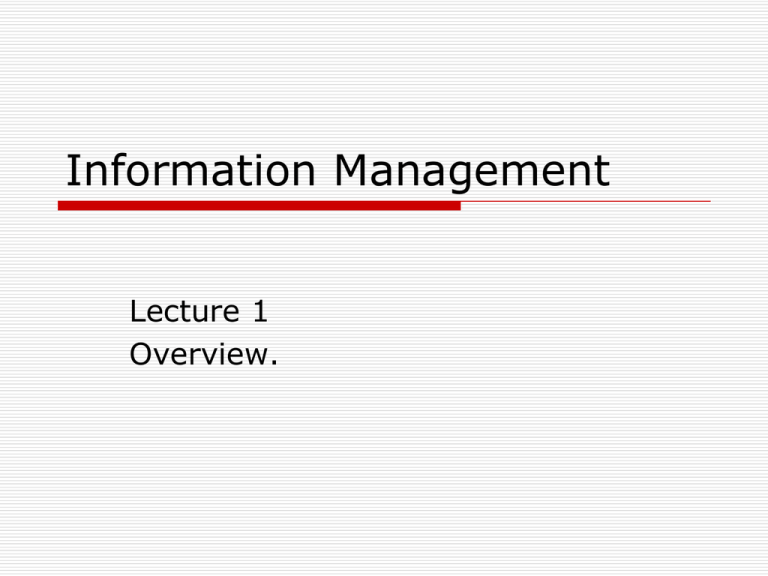
Information Management Lecture 1 Overview. Bibliography [1] Dave Chaffey, Steve Wood - Business Information Management : Improving Performance Using Infomation Systems, 2005, Prentice Hall/Financial Times, (734 pages) [2] Benson V., Tribe K. – Business Information Management, 2008, Ventus Publishing (83 pages) [3] G. Somasundaram, Alok Shrivastava, Eds. Information Storage and Management: Storing, Managing and Protecting Digital Information, 2009, Wiley Publishing, Inc (478 pages) [4] Wikipedia Information Management Data – raw unprocessed stream of facts. Information – data processed and arranged in a meaningful form. Knowledge – extracted from information and data to which is added expert opinion, skills and experience. We can also define knowledge by type in terms of function (Zak, 2002) [1, p226]: Declarative knowledge (knowledge about) Procedural knowledge (know-how) Causal (know why) Conditional (know when) Relational (know with). Information management (IM) is the collection and management of information from one or more sources and the distribution of that information to one or more audiences. [4] Knowledge Management (KM) is the capabilities by which communities within an organization capture the knowledge that is critical to them, constantly improve it and make it available in the most effective manner to those people who need it, so that they can exploit it creatively to add value as part of their work. [1,p227] Information System (IS) –computerized or manual system for capturing data and transform it into information –knowledge. Information Technology (IT) - software applications, computer hardware and networks used to create Information Systems Business Information Management (BIM) [1,p20]: The process of managing information as a strategic resource for improving organizational performance. This process involves developing strategies and introducing systems and controls to improve information quality to deliver value. Structure of [1] Part 01 INTRODUCTION 01 Introduction to information management 5 02 Software for information management 57 03 Technology for information management 115 04 Information management strategy 179 05 Knowledgement management strategy 221 06 Information systems strategy 273 07 Managing systems development 335 08 Managing change 383 09 Building an information architecture 435 10 Managing information quality 503 11 Managing information services quality 557 12 Managing ethical and legal issues 609 Part 02 STRATEGY Part 03 IMPLEMENTATION Part 04 MANAGEMENT Structure of [2] 1. Introduction to Information Management 2. Relational Data Model and SQL 3. Data Definition in SQL 4. Advanced Selection Queries 5. Joining Tables 6. Functions, Aggregate and GroupSetFunctions 7. Information Security Management Structure of [3] Part 1, “Information Storage and Management for Today’s World”: These four chapters cover information growth and challenges, define a storage system and its environment, review the evolution of storage technology, and introduce intelligent storage systems. Part 2, “Storage Options and Protocols”: These six chapters cover the SCSI and Fibre channel architecture, direct-attached storage (DAS), storage area networks (SANs), network-attached storage (NAS), Internet Protocol SAN (IP-SAN), content-addressed storage (CAS), and storage virtualization. Part 3, “Business Continuity and Replication”: These four chapters introduce business continuity, backup and recovery, local data replication, and remote data replication. Part 4, “Security and Administration”: These two chapters cover storage security and storage infrastructure monitoring and management. This book has a supplementary website that provides additional up-to-date learning aids and reading material. Visit http://education.EMC.com/ismbook for details.

